What’s Up With Water – February 3, 2020
This is Eileen Wray-McCann for Circle of Blue. And this is What’s Up with Water, your “need-to-know news” of the world’s water, made possible by support from people like you.
In Zimbabwe, residents continue to reel from a terrible drought. Inadequate rainfall in the southern African country has resulted in poor harvests in four of the last five years. With grain reserves running low and tens of thousands of cattle dying, the World Food Program says that a food crisis is developing. The UN aid agency estimates that nearly 8 million people will need food aid through April, when the next harvest is due. Zimbabwe’s cities, meanwhile, are struggling to provide reliable water service as their reservoirs shrink. Bulawayo is among the most affected. Officials in the country’s second-largest city have been rationing water since November. Reuters news reports that outages for residential customers last four days at a time. The rationing has prompted some families to haul untreated water from boreholes. They acknowledge that it is a health risk, but they say that they have few other options.
In Bulgaria, the center-right coalition government survived a no-confidence vote in Parliament. The vote was brought by the opposition Socialist party, which blames the government for a water crisis in the western city of Pernik. The reservoir that supplies Pernik is nearly dry, its water allegedly diverted to industrial users. Nearly 100,000 people in the city have been on severe water restrictions since November. Two weeks ago, Bulgaria’s environment minister resigned after he was arrested on charges of mismanaging the reservoir’s water supply. Emergency measures might bring more water to Pernik. The Sofia Globe reports that council members in nearby Sofia, the capital of Bulgaria, voted in favor of funding a temporary pipeline. The nine-mile pipeline will connect Pernik to the capital’s water system.
In the United States, officials in Miami unveiled a long-term strategy to address flooding, sea level rise and other undesirable outcomes from a warming planet. The southern Florida city is at the front lines of climate change. Its average elevation is a mere 6 feet above sea level, and it has 88 miles of waterfront exposed to tropical storms that are increasingly intense. The city’s climate strategy lists 86 actions that officials will take in the next decade. Those actions range from updating building codes and constructing storm surge barriers, to completing a master plan to overhaul the drainage system. One of the big questions is how to pay for it all. There is no price tag attached to the strategy, but all the projects combined could easily cost tens of billions of dollars. Jane Gilbert is in charge of the city’s resilience planning. She told the Miami Herald that the costs are going to be multiples of the roughly $200 million already in hand. The $200 million for climate resilience came from a bond measure that voters approved in 2017. City leaders will be looking in new directions for funding. The climate strategy directs budget officials to consider taxes on new development and partnerships with the private sector.
This week, Circle of Blue looks at water in the U.S. Presidential race.
Water issues are gaining new prominence in the Democratic presidential race as candidates react to rising public concerns about drinking water pollution, failing infrastructure, and the perceived inability of state and federal governments to fix the problems.
Sri Vedachalam [Shree Way-DUH-cha-lum] is the director of water at the Environmental Policy Innovation Center, a conservation think tank. He told Circle of Blue “The discussion has intensified around water.” Acknowledging the public’s interest, Democratic candidates have published more information about their policy positions than in recent campaigns. That is true for water, too. Most candidates have tucked their water ideas into policy documents for climate change, environmental justice, agriculture, or infrastructure.
Infrastructure, in fact, is where many candidates try to make their biggest financial splash. Nearly every candidate released a trillion-dollar infrastructure plan.
Many candidates embrace practical measures as the core of their plans. Instead of designing new features, they seek to expand the budget authority for existing programs.
Pete Buttigieg, for example, wants to pump an additional $10 billion into the U.S. Department of Agriculture’s fund for rural water and wastewater infrastructure. This loan and grant program is cherished by rural advocates, and was funded at $2 billion for fiscal year 2020.
Several candidates — including Michael Bloomberg, Bernie Sanders, and Elizabeth Warren — want to increase allocations to the state revolving funds. The two loan programs — one for drinking water and one for cleaning water before it is returned to rivers — are the federal government’s primary funding source for water infrastructure.
Warren and Sanders take similar tacks on many key water issues. Both want to replace lead service lines and regulate toxic PFAS chemicals in drinking water. They are also against publicly traded companies providing municipal water.
Amy Klobuchar, on the other hand, is one of the few candidates wanting to tap private capital to help build new infrastructure, including water systems. The Minnesota senator would establish an independent Infrastructure Financing Authority to match private funding with public partners. Like many candidates, she supports using wetlands, swales, grass-covered roofs, and other natural solutions to curb stormwater runoff.
Sanders and Warren are among the candidates who have highlighted the rising cost of municipal drinking water. Buttigieg, however, has a more unusual proposal. He’s touting his work on sewer systems when he was mayor of South Bend, and says that he will offer federal matching funds to lower water bills for low-income households. The program would be modeled on an existing energy bill assistance program, and would aim to cut water bills by 50 percent for some 10 million families.
Sanders centers his water pitch on legislation that he introduced in Congress last year. The WATER Act would contribute more than $34 billion for water infrastructure. The bill would also fund septic system repairs and household wells. In addition, it requires the U.S. Environmental Protection Agency to study the affordability of drinking water.
Biden’s proposals suffer from inattention to detail. His climate plan states that some researchers believe that Lake Mead will be dry by next year. The study on which that statement is based was published in 2008. Since then, water users in the Colorado River basin have stepped up water conservation practices. There is no chance that the nation’s largest reservoir will be dry in 2021.
How achievable are these candidates’ proposals? Many of the ideas, such as funding increases, rely on acts of Congress. A divided House and Senate would make ambitious legislation just as difficult to pass as today. In the early days of the Trump presidency, infrastructure was thought to be a point of bipartisan compromise. A groundbreaking infrastructure deal did not pan out, though Congress has incrementally increased money for the state revolving funds.
Biden, more forcefully than others, says he intends to use the power of the office to make change. He says that from day one he will wield “unprecedented executive actions” on climate, including a ban on new oil and gas permitting on public lands and waters. Bloomberg says he will also use executive power for some of his climate plans: for example, establishing an Office of Climate Security to coordinate climate strategies in intelligence, defense, development and diplomacy.
Manny Teodoro is a water policy specialist at Texas A&M University. He points out that the bulk of the candidates’ water policies are about spending money. What’s missing, he told Circle of Blue, are debates about “systemic changes.”
For Teodoro, systemic changes relate to the management and governance of water. They deal with questions like: what is the federal government’s role in interstate water conflicts such as the dispute between Florida and Georgia that has simmered for nearly three decades? Should the federal government actively work to reduce the number of municipal water systems in the country? Almost 50,000 systems provide water to more than 25 people year round, and smaller systems are known to have higher costs and more pollution violations.
Those deeper discussions could unfold in the general election, where policy differences between the Democratic nominee and President Trump will be more pronounced.
And that’s What’s Up With Water from Circle of Blue, which depends on your support for independent water news and analysis. Please visit circleofblue.org and make a difference through your tax-deductible donation.
Attachments area
Eileen Wray-McCann is a writer, director and narrator who co-founded Circle of Blue. During her 13 years at Interlochen Public Radio, a National Public Radio affiliate in Northern Michigan, Eileen produced and hosted regional and national programming. She’s won Telly Awards for her scriptwriting and documentary work, and her work with Circle of Blue follows many years of independent multimedia journalistic projects and a life-long love of the Great Lakes. She holds a BA and MA radio and television from the University of Detroit. Eileen is currently moonlighting as an audio archivist and enjoys traveling through time via sound.

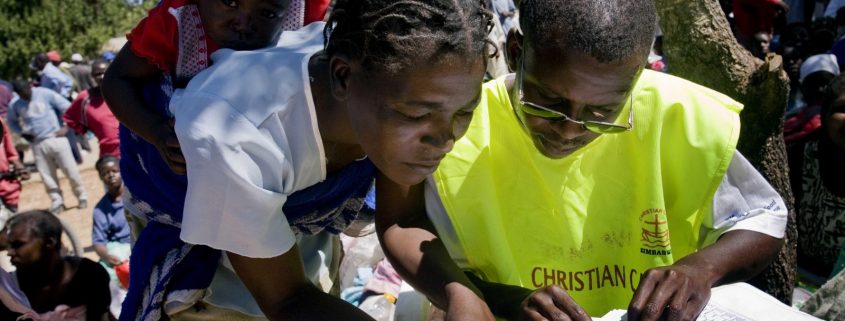

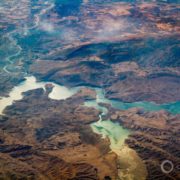

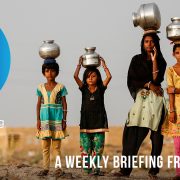
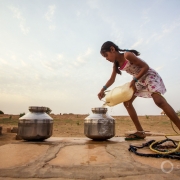
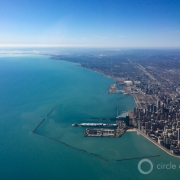


Leave a Reply
Want to join the discussion?Feel free to contribute!